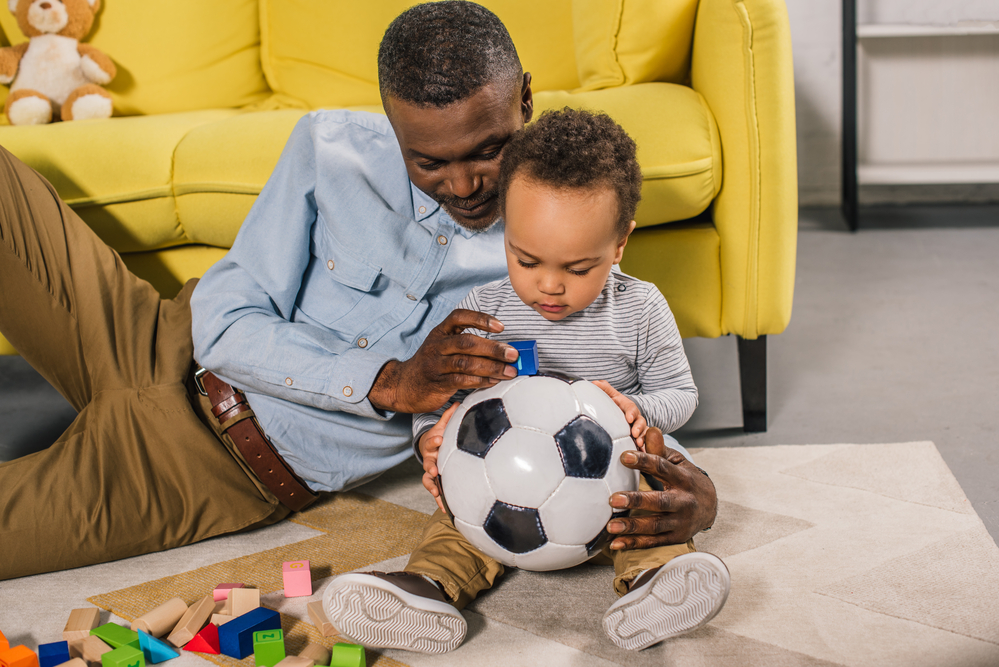What are some fun ways to teach colors for kids? If this is a question you’ve been asking yourself, you’ve come to the right place.
As a toddler or preschooler, your child has definitely noticed all the different hues in the world around them, but now it’s time to help them make sense of it all.
Fortunately, teaching your child colors doesn’t have to be an overwhelming task. As you will see below, this can actually be a fun and engaging learning experience for both you and your child.
With a bit of planning and creativity, your young learner will soon know all the colors of the rainbow and so much more!
Why Is Learning Colors For Kids Important?
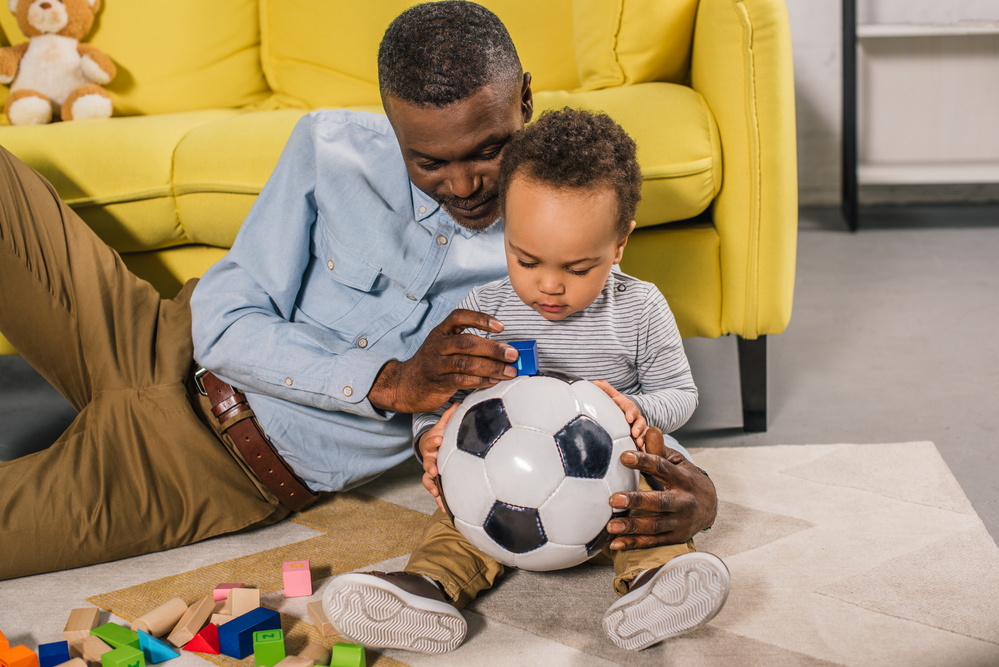
Our world is made up of different shapes and colors. Cars, houses, flowers, trees, buses, fruits, tall city buildings…everything has its own unique visual characteristics.
Before they were even a year old, your child noticed these things, too, but of course, none of it made sense. Now that they are older, it’s time to start piecing together all the information from their environment.
Teaching your child colors will help them make sense of the world around them. But did you know that understanding colors can also impact language skills and overall learning?
Perhaps the most surprising of all is how learning colors can help introduce children to basic math skills. How?
Remember that every time you introduce your young learner to a new color, their brain actively works to process the information. A lot of organizing, categorizing, and comparison takes place when sorting different colors and shapes.
Now that you’re clear on all the incredible benefits of teaching colors for kids, you probably want to start helping your child master them!
Before we get started on that, here are some basic tips to keep in mind when practicing colors with your child.
Tips To Keep In Mind
It can be challenging to teach colors to a toddler simply because there are so many contrasting colors constantly around us.
Adding to that challenge is the fact that many different shades of one color exist. For example, there are several reds (think: maroon, crimson, scarlett, etc.), but they are all called “red.” This can be tricky for children learning colors.
Have no fear! We’re here to help. The following are some basic tips to keep in mind as you help your young learner understand colors.
1) Start With The Basics
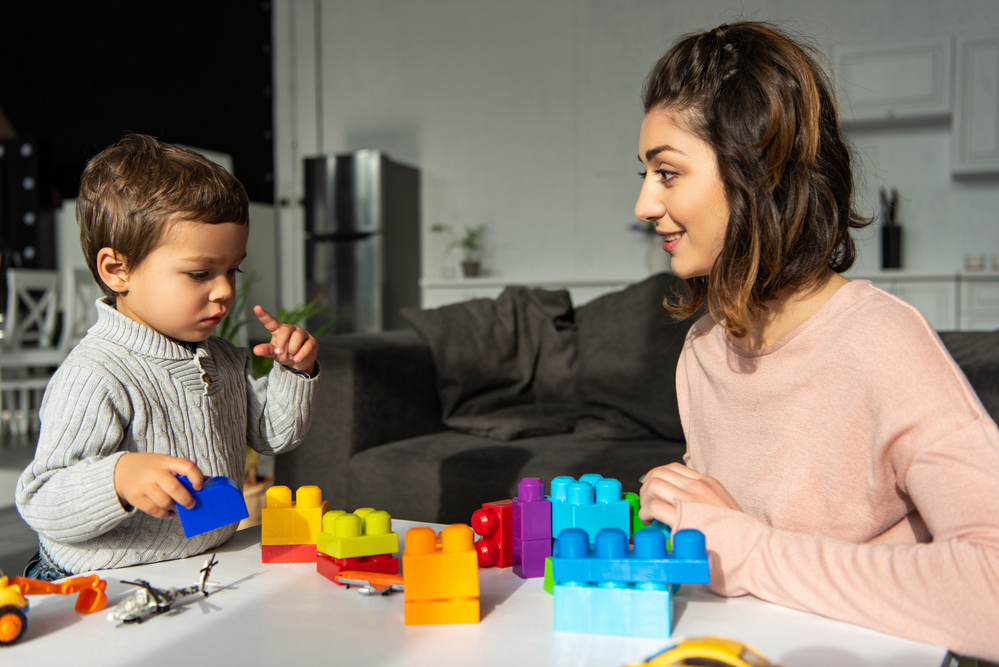
Think about how we can quickly calculate our change after buying something at a store or spell a new word correctly after hearing it for the first time. This is possible because we understand the basics of math and the English language.
The same approach needs to be applied when teaching colors for kids. It’s best to start with the primary colors (red, blue, and yellow), and once your child gets comfortable with these, move on to other hues.
If you’re still in the primary colors stage, what simple efforts can you take to help emphasize these colors in your everyday life?
Here are a few examples:
- When you’re having dinner — “Do you want to use this blue plate?”
- When you’re taking the dog for a walk — “Look at that yellow car.”
- When it’s time to play — Hand them only red, blue, and yellow objects. If they have building blocks, ask them to sort only the red, blue, and yellow blocks.
Once your child is familiar with their primary colors, you can move on to other basic colors, such as green, orange, purple, black, white, brown, and gray.
A great way to help children learn about colors is by interacting with them. We love this sensory game that lets kids practice naming colors and discover what happens when you combine them.
2) Choose Contrasting Colors
As we mentioned earlier, there are so many different colors in this world that sometimes children can find it challenging to tell them apart. It’s even more difficult when the colors are similar (e.g. red, maroon, orange, etc.).
For this reason, it’s best to first focus on the hues that are clearly distinguishable before introducing similar colors.
3) Help Them See Color Categories
Once you’re confident that your child knows their basic colors, you can start introducing similar colors (olive green, forest green, etc.). Most of these can be found in the world around you.
As explained, similar shades can be challenging to learn, so in the beginning, the focus shouldn’t be on having them learn all the different terms but, rather, exposing them to the idea of categories.
6 Simple Activities To Teach Colors For Kids
1) Colorful Necklace
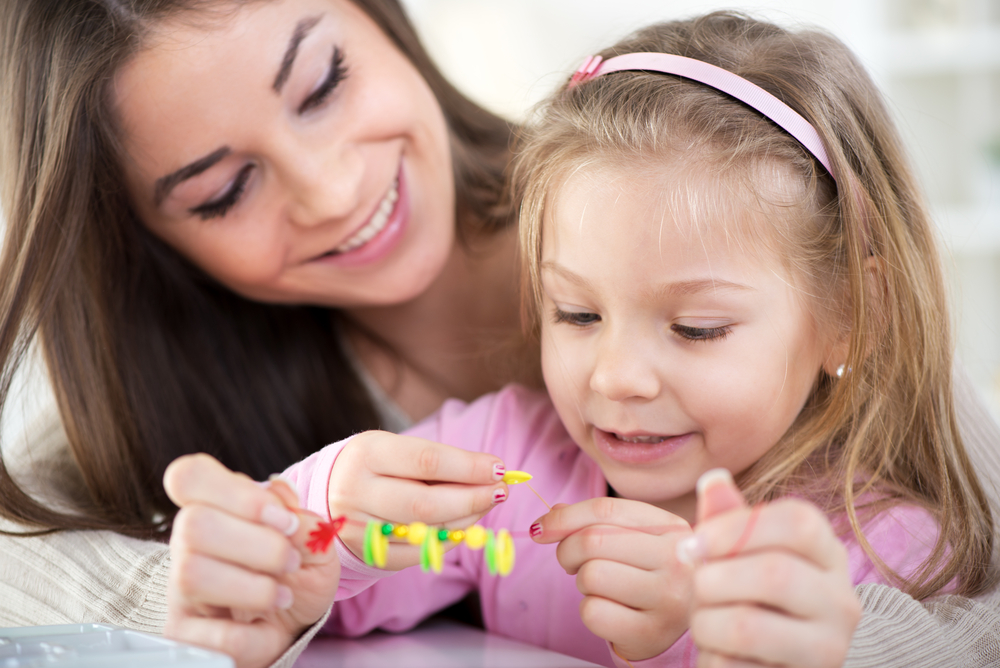
Children are often curious and enjoy exploring different colors and materials. This means that when teaching them about colors, the more engaging the activity the better — like using colorful beads to create necklaces.
After teaching your child the primary colors, try creating a red, blue, and yellow necklace. This necklace can be in a pattern or not. It’s really up to you!
When creating the necklace, remember to name the colors you use and encourage your young learner to repeat them.
Note: While working with small items, it’s essential to use safe and non-toxic materials and keep an eye on your young child at all times.
2) Finger Painting
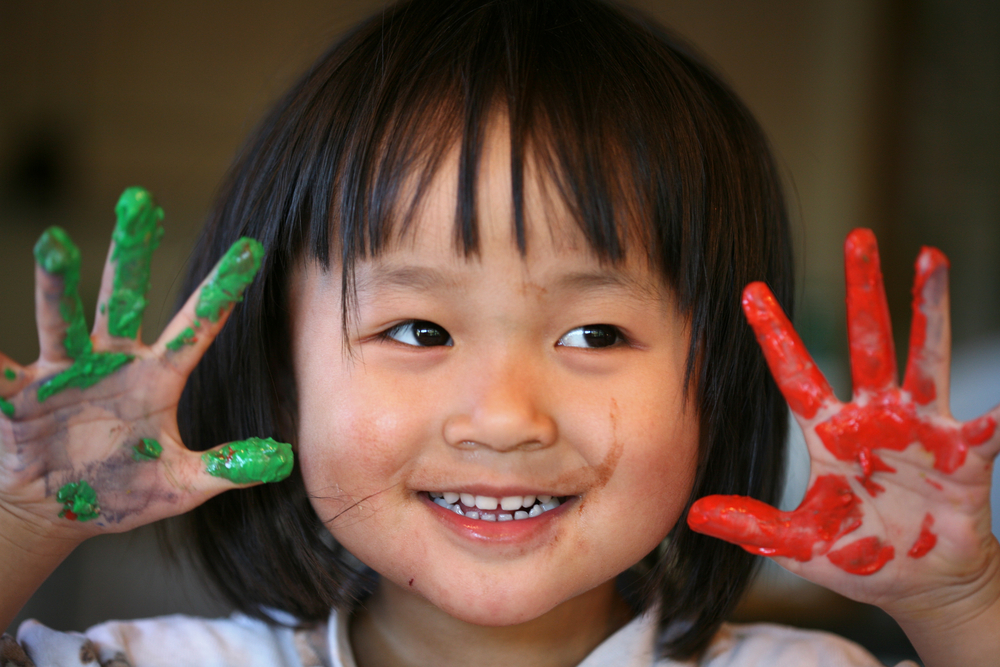
Engaging your child’s senses is one of the most effective ways to help them learn new concepts. That’s what makes finger painting so great for teaching colors!
You can use the three primary colors in finger painting and mix them up to form secondary colors (purple, green, and orange).
During the activity, speak about the colors your child is using and the colors that are formed while mixing.
3) Same Objects, Different Colors
As you teach your child different colors, they may begin associating certain colors with specific objects. For example, if you show your child a red apple, they may associate the shape of the apple with red.
It’s essential to show your child another color apple (e.g. a green one) so they understand that you’re referring to the color of the object, not the object itself.
To help them further understand, sorting activities can be effective. For example, ask your child to sort the different colors of the same object (e.g., multi-color blocks).
As they get older, you can also encourage your child to sort by the object, regardless of color. This will help your child continue developing skills of categorizing.
4) Read About Colors

There are lots of amazing children’s books that speak about colors. While reading to your child, be sure to point out all the colors in the book.
Below is a list of some incredible books that will help bring fun and entertainment into learning about colors:
- Brown Bear, Brown Bear, What Do You See?
- A Color of His Own
- The Day the Crayons Quit
- Baby, See the Colors!
- What Makes a Rainbow?
5) Create A Color Mixing Sensory Activity
What You’ll Need:
- Icing or shaving cream
- Food coloring
- Two small bows
- Toothpick or spatula
- Large zip-top bag and tape, or cookie sheet (The cookie sheet option is more tactile. However, you can opt for the bag if you’re looking for low-mess.)
What To Do:
Start by filling your zip-top bag with icing or shaving cream. Next, choose two colors of food coloring and add each color into the bag. Tape it down to a working surface. Your child will then need to mix the colors with their little fingers.
Grab the two small bowls and put icing or shaving cream into them. Add one to three drops of color into the bowl and fold the color into the icing or cream.
You can then scoop the colored icing or cream into the bag or onto the cookie sheet and let your child mix the colors.
This is a fun activity to help children learn that colors are not necessarily stagnant, and mixing them will help produce a different color.
See more details here!
6) Sing Color Songs
Kids love to sing along to fun songs. You can take advantage of this natural love for singing to help your child learn about colors.
Not sure where to start? Check out our fun activity here that helps teach children pantone colors. Happy singing!
Make Every Day A Colorful Day
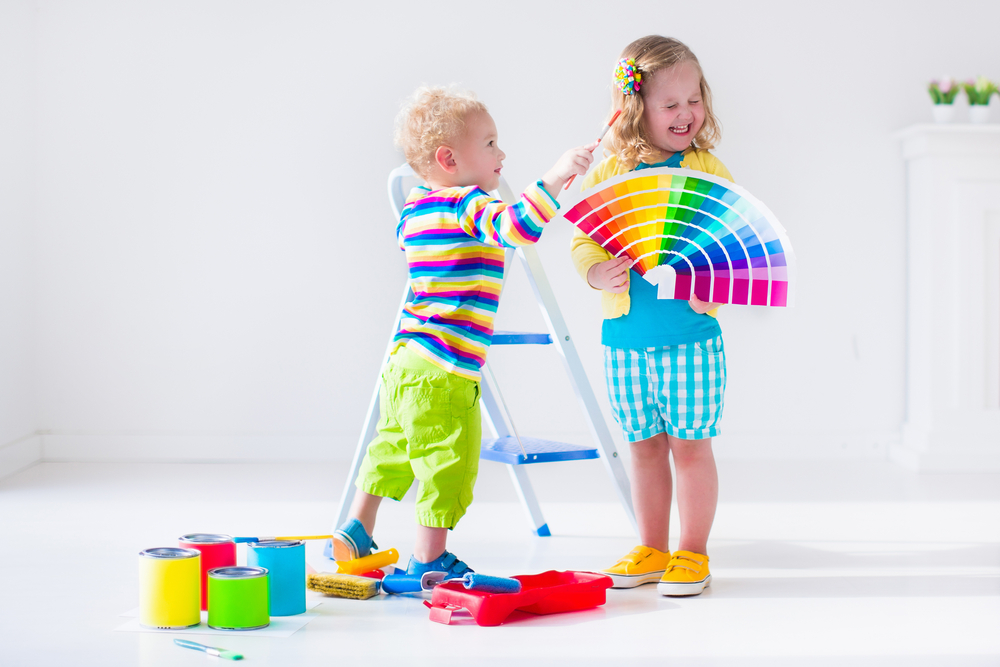
Colors are all around us, and your child has most likely already noticed these different hues without tagging them with color names.
This is where you come in. Armed with the activities above, you can help make learning about colors fun and exciting.
When teaching colors for kids, remember to start with the primary hues and then gradually introduce more. With patience, your young learner will soon recognize all the colors of the rainbow — and so many more!
For more fun learning activities, check out Homer’s Learn & Grow app.
,


